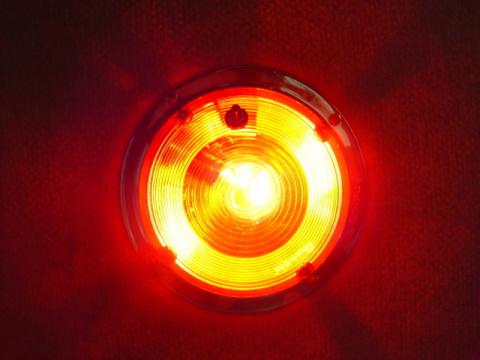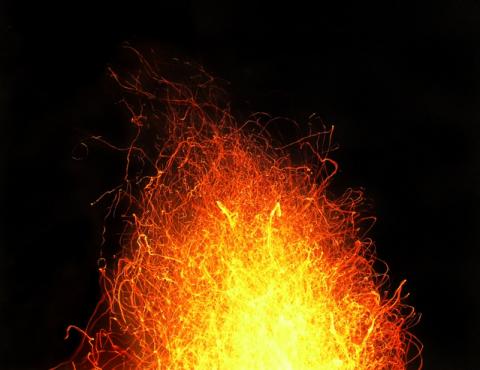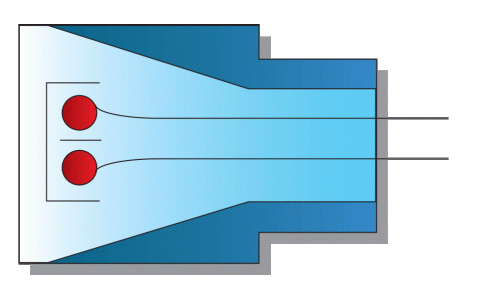The Safety and Performance of your Printing Line: Condensation Issues
There are important considerations when choosing an LFL monitor: Response Accuracy, Response Speed, Condensation Issues and Failsafe. We've discussed response accuracy and response speed, let's look at condensation issues:





